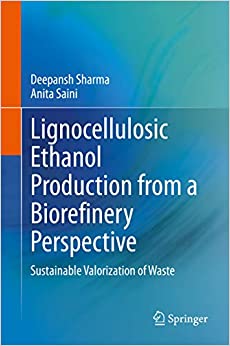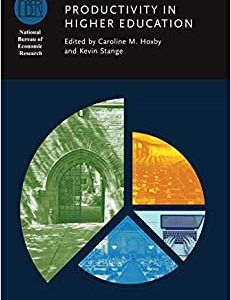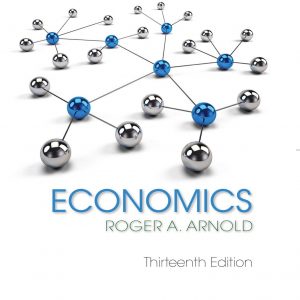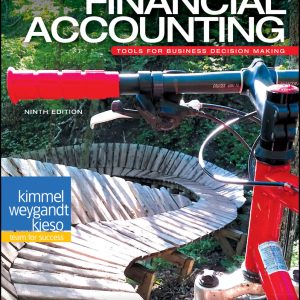This book provides an overview of the multi-dimensional approach for the production of ethanol from lignocellulosic biomass. The sustainability of this biofuel, the current and future status of the technology and its role in waste valorization are also addressed.
Bioethanol from lignocellulosic material has emerged as an alternative to the traditional first-generation bioethanol. The book also discusses various pretreatment methods for effective separation of the various components of lignocellulosic feedstock as well as their advantages, and limitations. It describes the valorization of lignocellulosic waste through the production of bioethanol and emphasizes the significance of waste utilization in managing the production cost of the fuel. Finally, the utilization of genetically engineered plants and microorganisms to increase the conversion efficiency is reviewed.
Bioethanol from lignocellulosic material has emerged as an alternative to the traditional first-generation bioethanol. The book also discusses various pretreatment methods for effective separation of the various components of lignocellulosic feedstock as well as their advantages, and limitations. It describes the valorization of lignocellulosic waste through the production of bioethanol and emphasizes the significance of waste utilization in managing the production cost of the fuel. Finally, the utilization of genetically engineered plants and microorganisms to increase the conversion efficiency is reviewed.











